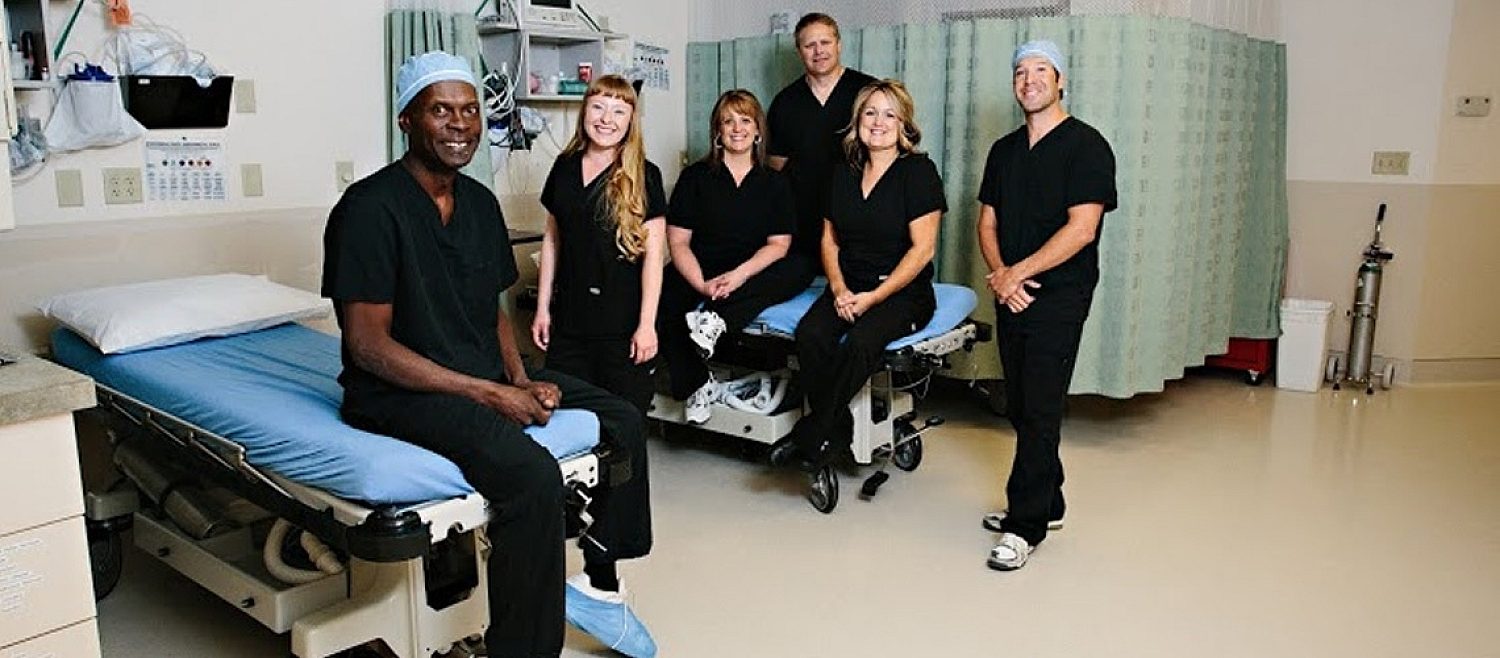Bimaxillary Advancement Surgery

During bimaxillary advancement surgery, all incisions are made inside the mouth after the anesthesiologist delivers a safe, appropriate general anesthetic. The upper and lower jaws are then mobilized and advanced together in order to open the airway. Your surgeon will then place very small titanium plates and screws into the area to hold the jaws in their new position. These plates and screws eliminate the need to wire the teeth together during healing.
In some cases, the surgery involves placement of large braces, arch bars, and rubber bands on the teeth that remain in place for 6 weeks. These tools assist in maintaining a stable bite during the healing process.
Fill Out Our
Sleep Apnea Questionnaire
Fill out our simple sleep apnea questionnaire to see if you are at high or low risk of having obstructive sleep apnea.
Learn MoreWatch our Free
Sleep Apnea Surgery Webinar
Patient education is the first and most important step toward recognizing and combating obstructive sleep apnea (OSA).
Learn MoreSleep Apnea
Frequently Asked Questions
Get answers to frequently asked sleep apnea, maxillomandibular advancement, and Surgical Sleep Solutions questions.
Learn More